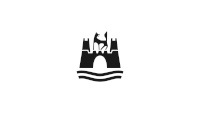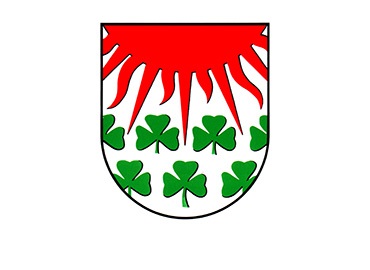Our beautiful Warmenau
Warmenau was first mentioned in a document in 1505. In order to preserve the history of our small village on the outskirts of Wolfsburg for future generations, we created a chronicle in a joint working group in 2020. Warmenau is located directly on the border to the district of Gifhorn, the middle of the small Aller river is the border to Tappenbeck. As in many Werder villages, settlement began in the Rundling. Even today there are still 2 listed properties in the Rundling and 2 directly on Hannoversche Straße in the center of the village.
As in the surrounding villages, people's lives were characterized by agriculture and livestock farming. Today, most people in Warmenau work in the nearby Volkswagen factory, which was built in 1938. After the Second World War, in the 1950s, a new era began for Warmenau. Industrialization and technical development created new jobs and many farmers in Warmenau in particular took this as an opportunity to gradually give up their farms. They went into production, foundries or research and development at VW. Today there is still one full-time farmer and one part-time farmer. Unfortunately, our shoemaker, who had customers far beyond the borders of Warmenau, also had to give up his trade for health reasons. He continued to make orthopaedic shoes until he was over 90 years old.
The long history of Warmenau also includes the Bolze metalworking company, which is still run by the fourth generation and moved to Warmenau in 1913. Another fundamental part of Warmenau is the Schrader haulage company, which was founded by Reinhold Schrader and continued by his children. Eckhard Schrader donated a new cemetery chapel to the Warmenau district, of which the people of Warmenau are very proud. There were two restaurants as meeting places for the population: "Zur Linde" and "Zur schönen Aussicht". The latter was owned by the Bosse family for 222 years and was closed in 1994.
Due to its close proximity to VW and the city of Wolfsburg, Warmenau is now surrounded on all sides by roads and commercial and industrial developments. As a result, it is no longer possible for the area to develop on its own.
Despite all this, there are still natural areas such as the Strauberg with its sheep ponds, the Aller lowlands and meadows. There have been records of storks breeding since the 1950s and in 2025 there were 5 young storks, although only 3 of them were viable.
This description of our village of Warmenau is intended as a brief overview of its history. If you would like to read or learn more, you can obtain the chronicle, which contains many interesting stories and events.

